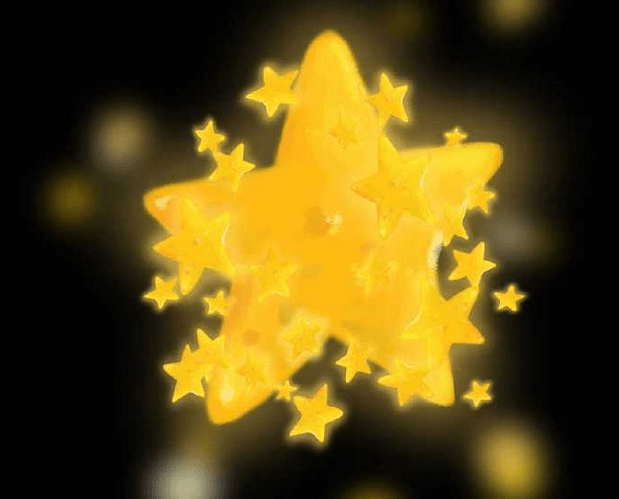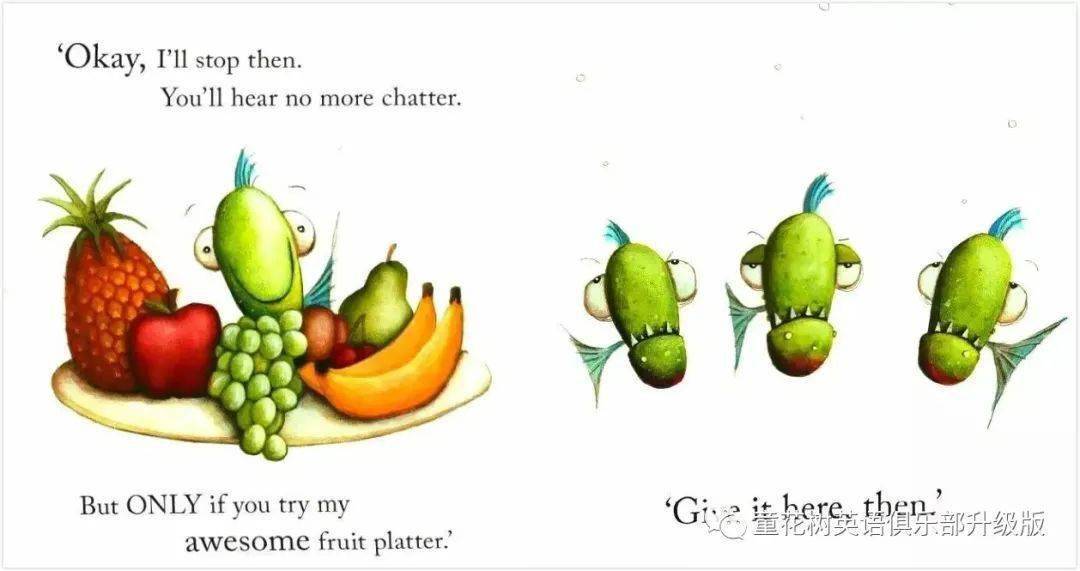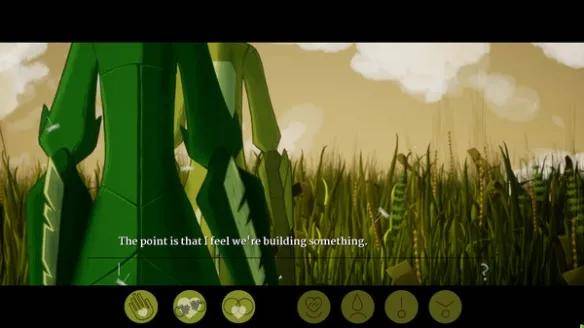Understanding Why Flowers Don't Attract Bees: Exploring the Fascinating Relationship Between Pollinators and Flora
#### IntroductionIn the world of botany and ecology, the relationship between plants and their pollinators is crucial for the survival of many species. Howe……
#### Introduction
In the world of botany and ecology, the relationship between plants and their pollinators is crucial for the survival of many species. However, a perplexing phenomenon has emerged: **flowers don't attract bees**. This article delves into the reasons behind this phenomenon, exploring the biology of flowers, the behavior of bees, and the implications for our ecosystems.
#### The Basics of Pollination
Pollination is a vital process for plant reproduction, where pollen is transferred from the male anthers of a flower to the female stigma. Bees, among other insects, play a significant role in this process, as they collect nectar and pollen for food. However, not all flowers are designed to attract bees, leading to the statement **flowers don't attract bees**.

#### Why Some Flowers Don't Attract Bees
1. **Flower Color and Scent**: One of the primary reasons **flowers don't attract bees** is their color and scent. Bees are attracted to bright colors, especially blue and yellow, and they rely heavily on scent to locate flowers. Flowers that are dull or have little to no fragrance may not appeal to bees.
2. **Nectar Production**: The quantity and quality of nectar produced by flowers also determine their attractiveness to bees. Flowers that produce minimal nectar or have a low sugar concentration are less likely to attract these pollinators. Some flowers may have evolved to attract other pollinators, such as butterflies or moths, instead of bees.
3. **Flower Shape and Structure**: The physical structure of a flower can impact its ability to attract bees. Flowers with complex shapes may be difficult for bees to access, leading to the conclusion that **flowers don't attract bees**. For instance, tubular flowers may be better suited for hummingbirds, while flat flowers are more accessible to bees.

4. **Environmental Factors**: The surrounding environment can also influence pollinator behavior. If a flower is located in an area with abundant food sources for bees, they may not visit it, resulting in the perception that **flowers don't attract bees**. Additionally, competition with other flowering plants can affect a flower's visibility to pollinators.
#### The Importance of Understanding Pollinator Preferences
Understanding why **flowers don't attract bees** is essential for conservation efforts. With the decline of bee populations worldwide, it is crucial to create habitats that support their needs. Planting flowers that are known to attract bees can help sustain their populations and promote biodiversity.
#### Conclusion

In conclusion, the statement **flowers don't attract bees** highlights a complex interplay between plant characteristics and pollinator behavior. By exploring the various factors that influence this relationship, we can better appreciate the delicate balance of our ecosystems. As we work towards preserving bee populations, it is vital to consider the types of flowers we cultivate and their specific attributes that either attract or repel these essential pollinators.